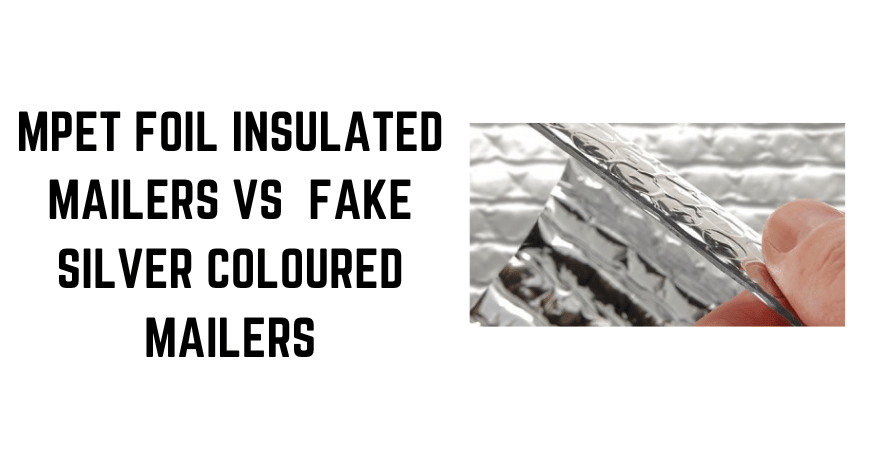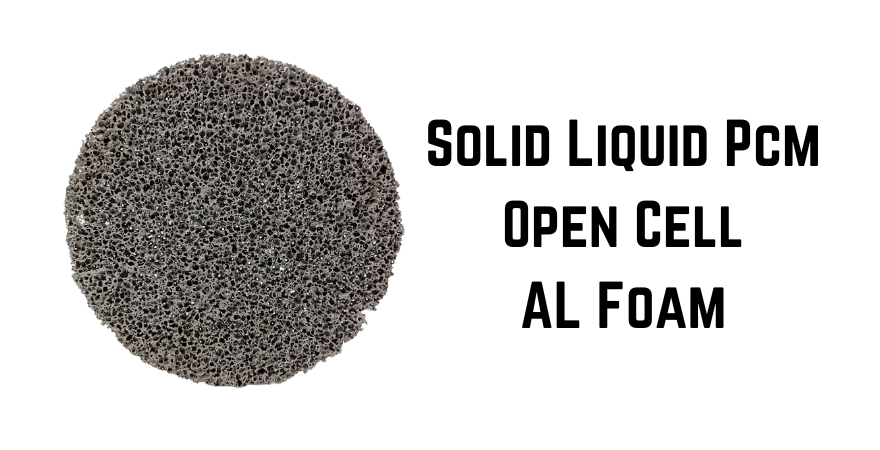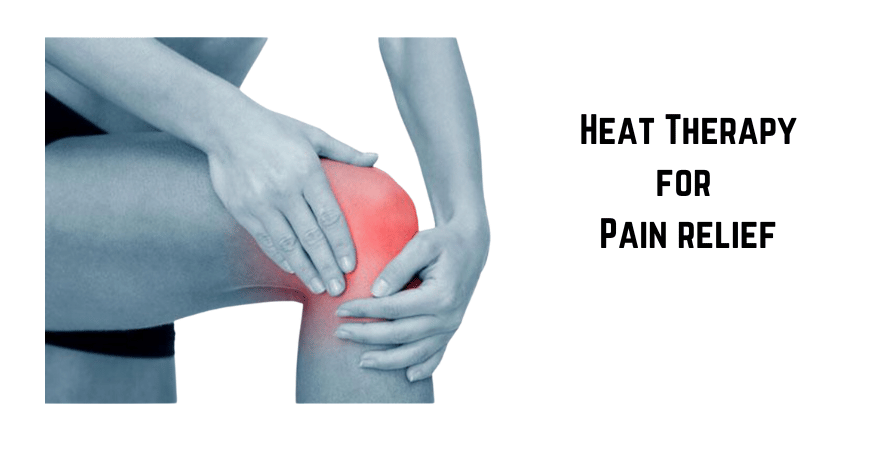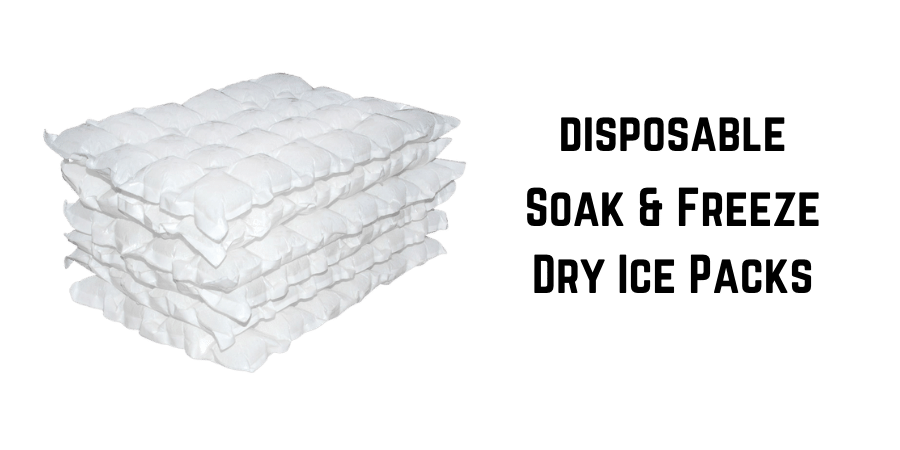MPET Foil Bubble Thermal Mailers Vs Silver Colour Bubble Mailers

In today's global supply chain, transporting perishable goods—whether food, pharmaceuticals, or biologics—requires an acute focus on maintaining strict temperature control. For temperature-sensitive products, MPET (Metalized Polyester) plays a critical role in ensuring products stay within the required temperature range during transit. However, as the demand for cold chain solutions grows, so does the rise of counterfeit materials that mimic MPET's shiny appearance but fail to deliver its thermal properties. Understanding how to identify genuine MPET and distinguish it from foil-look-alike materials is essential for maintaining the integrity of your cold chain logistics, while also meeting sustainability goals.
What is MPET and Why Is It So Important?
MPET (Metalized Polyester) is a high-performance material commonly used in cold chain packaging and insulation. It is made by coating a thin layer of polyester film with a metal, typically aluminum, which gives the material a reflective surface. This coating plays a crucial role in blocking radiant heat from entering or exiting the package, ensuring that temperature-sensitive goods are protected from external temperature fluctuations.
MPET's reflective properties help maintain the internal temperature of products, whether that means keeping pharmaceuticals stable or preventing food spoilage during transit. The ability to effectively block radiant heat and minimize heat transfer makes MPET an essential material in the cold chain logistics industry.
Due to its high thermal resistance, MPET has become the gold standard for cold chain packaging, offering reliable insulation for long-distance transport, warehousing, and distribution. It is often used in combination with thermal packs, refrigerated containers, and cooling solutions to ensure that products remain at optimal temperatures throughout the journey.
The Problem with Foil Look-Alikes
As demand for cold chain solutions has increased, so has the influx of cheaper alternatives that try to mimic the appearance of MPET but fail to offer its insulating properties. These foil-look-alike materials are often made from colored plastic or thin non-metalized layers that resemble MPET's reflective surface. While they may appear similar at first glance, these materials are essentially decorative films that provide no significant insulation.
Choosing fake alternatives can have serious consequences when transporting perishable goods. Even though foil-look-alike materials may seem cost-effective, they fail to do their job of maintaining the right temperature for products in transit. Without effective insulation, temperature-sensitive products can be exposed to heat, which could compromise their safety, integrity, or quality.
How to Spot the Difference: The Light Test
One of the easiest ways to differentiate genuine MPET from foil-look-alike materials is through a simple test involving light. Hold the material up to a light source and observe how it behaves:
- Genuine MPET: When you hold it up to the light, light will not pass through the material. This is because the metalized coating effectively blocks light (and heat), maintaining the thermal properties needed for cold chain transport.
- Fake Foil-Look-Alikes: If the material is an imitation, light will shine through it easily, as these materials lack the reflective metal coating that MPET possesses. These cheap imitations are often just colored plastic, which has no ability to reflect heat or insulate effectively.
This light test is a reliable way to identify fake materials, as the penetration of light correlates directly with heat penetration. If light can pass through, heat can also enter, which means the packaging won’t be effective at maintaining the desired internal temperature. In cold chain logistics, even a small change in temperature can result in product spoilage or loss of efficacy.
Why Using Fake Foil Materials Can Compromise Cold Chain Integrity
The consequences of using non-reflective materials in cold chain logistics are severe. If the packaging fails to block heat, products can be exposed to harmful temperature fluctuations. This can lead to ineffective medications or compromised vaccines in the case of pharmaceuticals. For food, improper insulation can result in spoilage, bacterial growth, or loss of nutritional value, posing health risks to consumers.
Because fake foil-look-alike materials lack thermal insulation properties, they cannot prevent heat transfer or block radiant energy. This failure to protect products from temperature changes can disrupt the cold chain process, resulting in product spoilage, wastage, and financial loss for businesses. Additionally, legal implications may arise if goods are not kept within regulated temperature ranges, especially in the pharmaceutical or food industries, where stringent compliance requirements exist.
The True Cost of Choosing Fake Alternatives
While foil-look-alike materials may appear to offer cost savings upfront, their long-term impact on your cold chain can be disastrous. Choosing these materials means taking the risk of damaging high-value goods, violating temperature compliance regulations, and facing liability costs if products spoil during transport. Furthermore, reputational damage can occur if customers receive compromised goods, leading to potential loss of business, recalls, or even legal action.
Choosing the wrong material can ultimately cost more than choosing genuine MPET, which offers reliable thermal insulation and protects your goods from temperature fluctuations throughout transit.
Introducing Sustainable MPET: Cryolux’s 100% Recycled MPET Thermal liners
Until recently, MPET bubble mailers and cold chain packaging materials faced a significant environmental challenge: they could not be recycled. The combination of plastic and metal coatings made MPET difficult to process through traditional recycling methods. As sustainability becomes a critical focus across industries, the need for recyclable cold chain packaging has never been more pressing.
Now, Cryolux, a leader in cold chain solutions, has introduced a breakthrough in the market: 100% recycled MPET film. This innovative MPET material is made entirely from post-consumer recycled content, and for the first time, it can be recycled back into new film at the end of its lifecycle. This means businesses can now use high-performance insulation materials while also contributing to sustainability efforts by reducing waste and encouraging a circular economy.
How Cryolux’s 100% Recycled MPET Film Benefits the Industry
Cryolux’s recycled MPET film is a game-changer for the cold chain logistics sector. It retains all of the thermal properties of traditional MPET, ensuring that perishable goods stay within the proper temperature range during transport. The difference lies in its environmental impact—this new material can be fully recycled, reducing the amount of waste generated by single-use packaging.
As businesses and consumers continue to prioritize sustainability, the ability to recycle MPET materials without sacrificing performance represents a huge leap forward. By adopting Cryolux’s recycled MPET film, companies can reduce their carbon footprint while maintaining the highest level of thermal performance for their cold chain logistics needs. This is a win-win situation: effective insulation, reduced environmental impact, and a better future for the planet.
Always Choose Genuine MPET for Cold Chain Insulation and Sustainability
When it comes to cold chain transport, there is no substitute for genuine MPET. Its thermal performance is unmatched, ensuring that perishable products remain safe and stable during transit. By using MPET, businesses can ensure that products stay within the required temperature range, protecting both product quality and regulatory compliance.
However, it is equally important to avoid cheap alternatives—such as foil-look-alike materials—that do not provide the same thermal protection. Through a simple light test, you can easily distinguish genuine MPET from fake materials, avoiding the risks of spoilage, wastage, and non-compliance.
Thanks to innovations like Cryolux’s 100% recycled MPET, the cold chain logistics industry can now embrace sustainability without compromising on performance. This new material not only offers the thermal insulation required for perishable goods but also enables businesses to participate in a more sustainable, circular economy. By choosing genuine MPET, companies can ensure safe, effective transport of temperature-sensitive products while helping to build a greener future.





